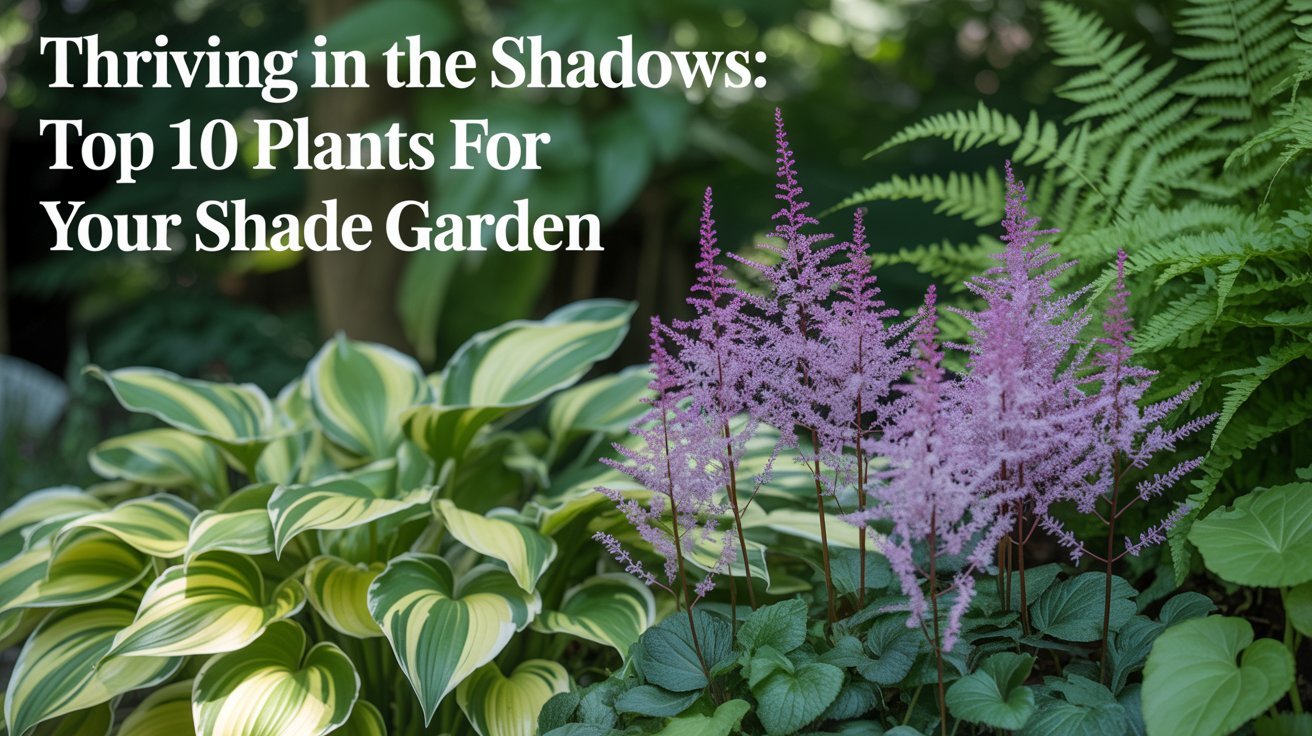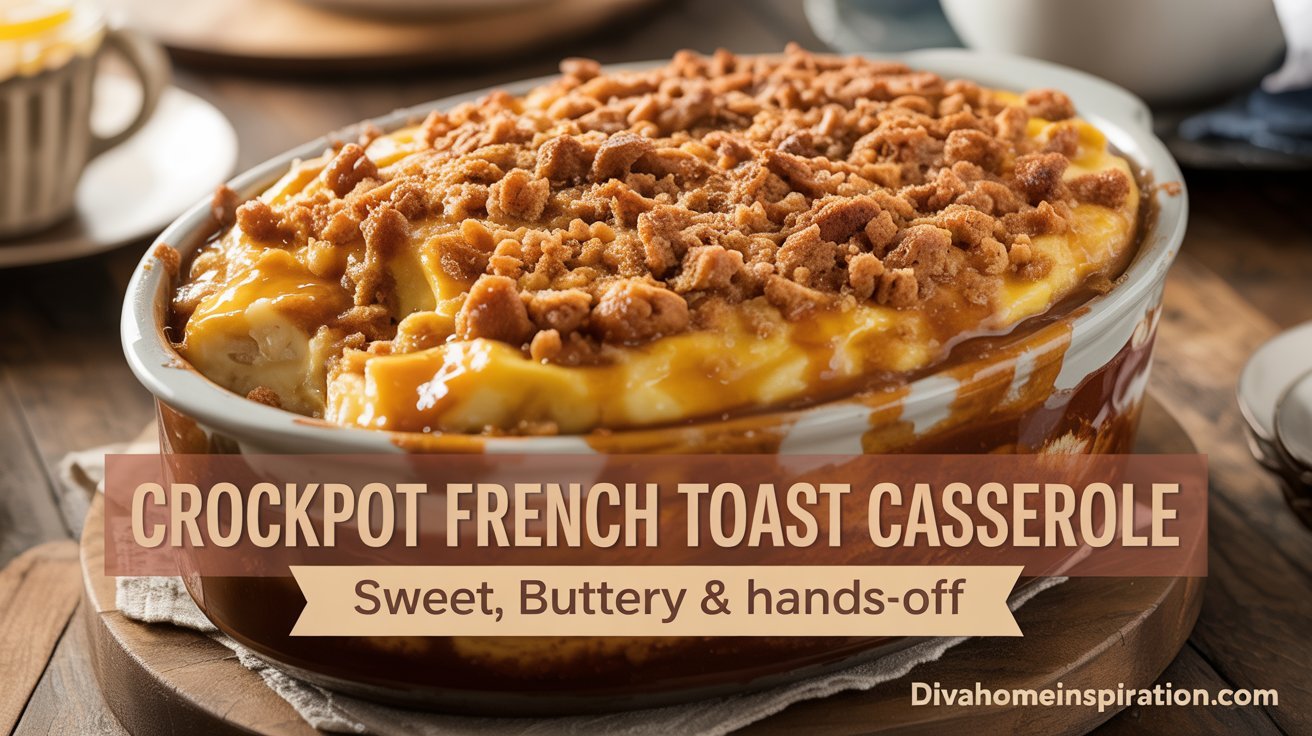This article may contain affiliate links. If you click on these links and make a purchase, we may receive a small commission at no extra cost to you. This helps support our website and allows us to continue to produce content like this. Thank you for your support!
Creating a lush, vibrant garden in low-light areas is entirely achievable with the right selection of plants. Shade gardens offer a unique opportunity to cultivate a serene and colorful landscape, even in the absence of direct sunlight. By choosing plants that thrive in partial to full shade, you can transform dim corners into captivating retreats.
Designing a shade garden involves more than just selecting the right plants; it’s about understanding the nuances of your specific environment. Factors such as soil type, moisture levels, and the degree of shade play crucial roles in determining which plants will flourish. For instance, areas with dappled sunlight may support a different set of plants compared to zones with deep, constant shade. Recognizing these distinctions ensures that your garden not only survives but thrives.
Moreover, shade gardens can be a canvas for creativity. Incorporating a mix of textures, colors, and heights can add depth and interest to your garden. Think of combining the broad leaves of hostas with the delicate fronds of ferns, or the vibrant blooms of impatiens with the subtle hues of lungwort. Such combinations can create a dynamic and engaging landscape that captivates throughout the seasons.
1. Hosta (Hosta spp.)
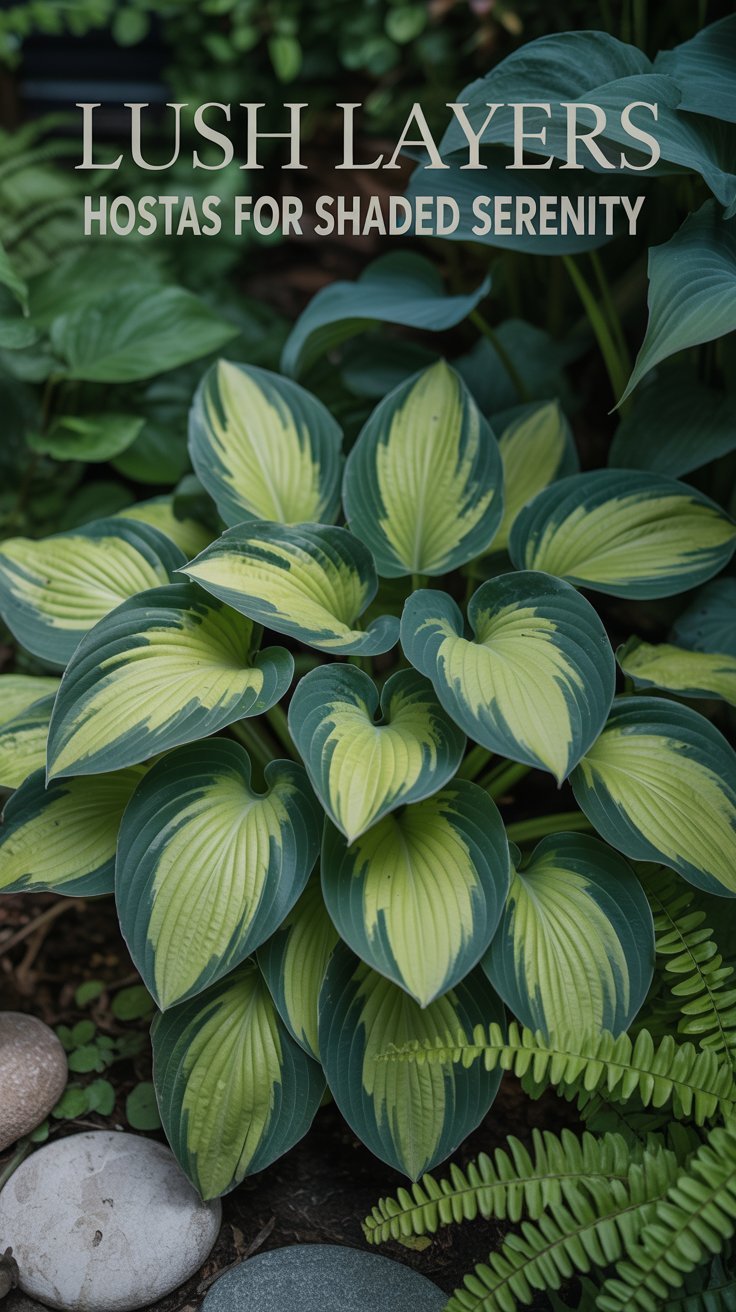
Hostas are renowned for their diverse foliage, ranging from deep greens to variegated patterns. These perennials flourish in shady spots, providing texture and depth to garden beds. Their low-maintenance nature and adaptability make them a staple in shade gardening.
These perennials thrive in well-drained, fertile soil and prefer consistent moisture. While they are shade-tolerant, some varieties can handle partial sun, especially those with lighter-colored leaves.
Hostas are low-maintenance and can be divided every few years to promote vigorous growth. Their broad leaves create a striking contrast when paired with other shade-loving plants.
2. Astilbe (Astilbe spp.)
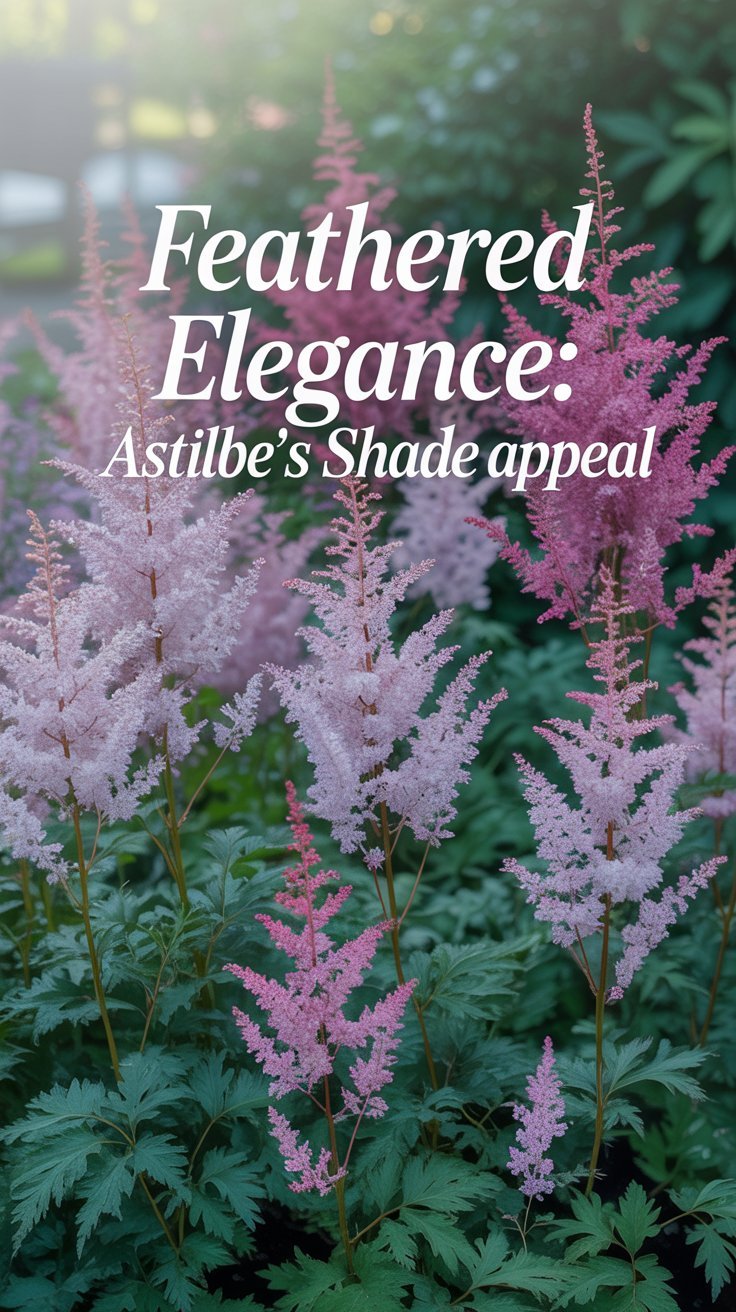
Astilbes bring a splash of color to shade gardens with their feathery plumes of pink, red, white, or purple flowers. These blooms rise above fern-like foliage, creating a soft, romantic aesthetic.
They prefer moist, well-drained soil rich in organic matter. Consistent watering is essential, especially during dry spells, to maintain their vibrant appearance.
Astilbes are excellent for borders and woodland gardens, offering long-lasting blooms that attract pollinators. Their foliage remains attractive even after flowering, providing continuous interest.
3. Heuchera (Heuchera spp.)
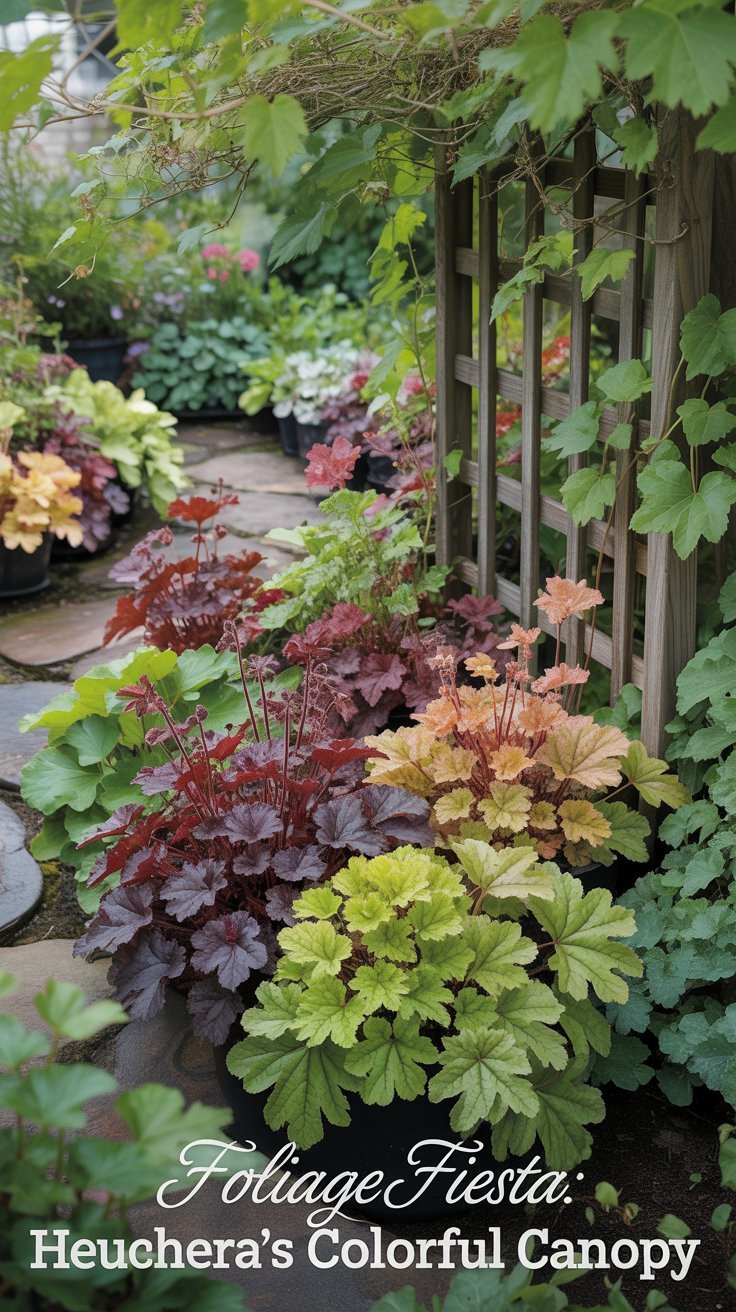
Commonly known as coral bells, Heucheras are prized for their vibrant foliage, which ranges from deep purples to lime greens. Their small, bell-shaped flowers add delicate charm during blooming seasons.
These perennials thrive in partial to full shade and prefer well-drained soil. They are drought-tolerant once established, making them suitable for various garden settings.
Heucheras are versatile, working well in borders, containers, or as ground cover. Their colorful leaves provide year-round interest, especially in shaded areas where flower options may be limited.
4. Bleeding Heart (Dicentra spectabilis)
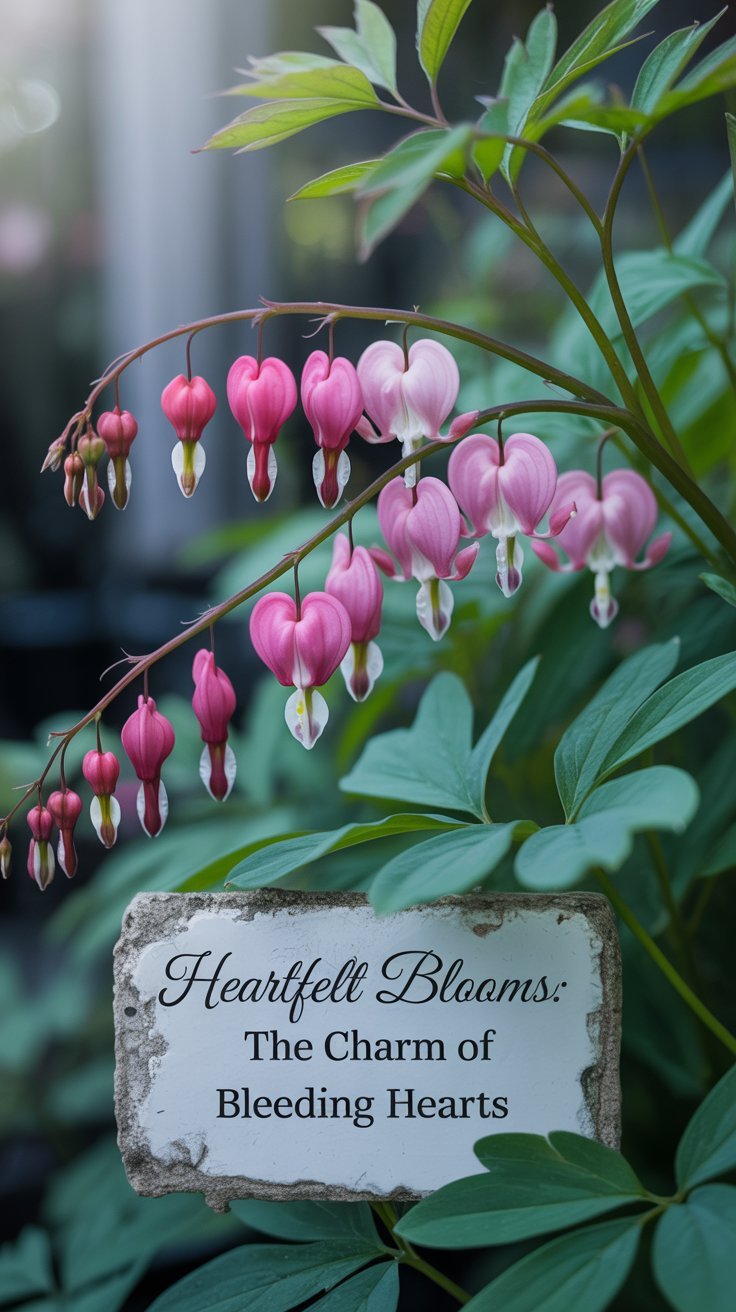
Bleeding Hearts are known for their unique, heart-shaped pink and white flowers that dangle gracefully from arching stems. These blooms add a whimsical touch to any shade garden.
They prefer moist, well-drained soil and thrive in partial to full shade. It’s essential to keep the soil consistently moist, especially during dry periods, to prevent wilting.
After blooming in spring, the foliage may die back in the summer heat, so consider pairing them with other plants that can fill in the space. Their early-season blooms make them a valuable addition to shaded areas.
5. Ferns (Various Species)
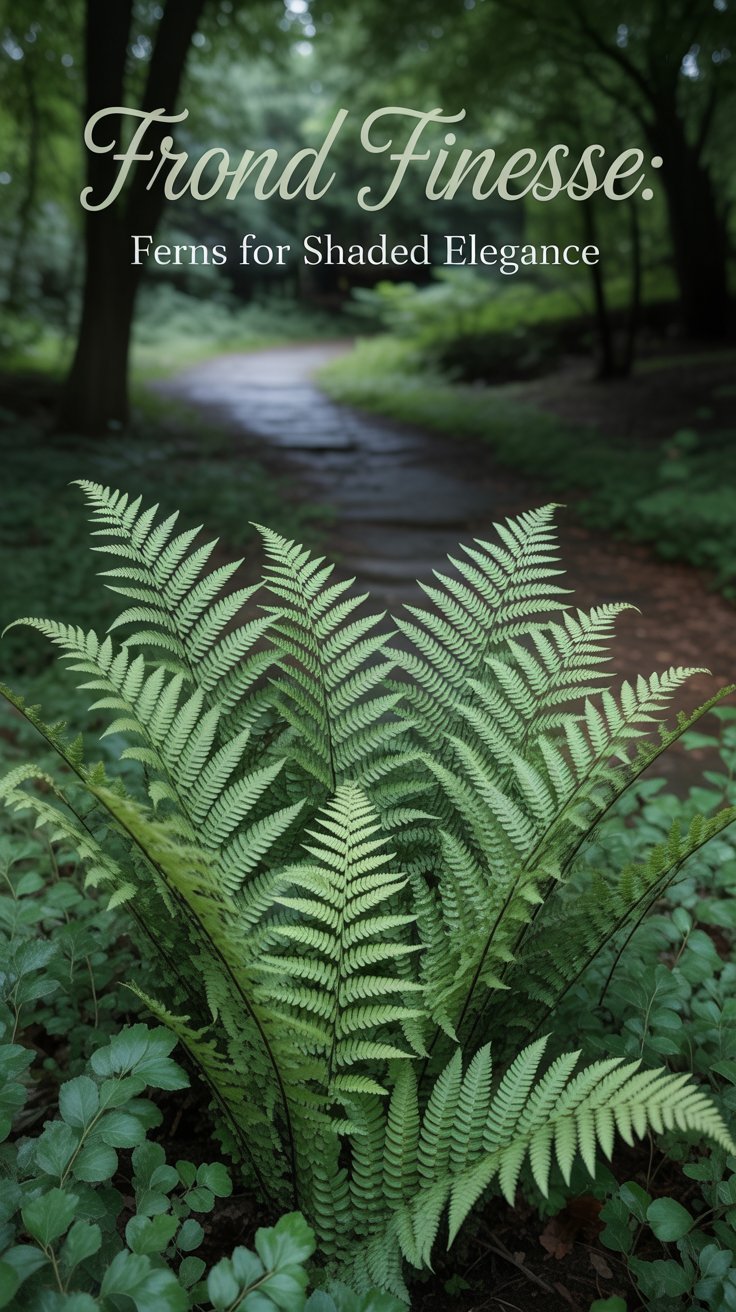
Ferns are classic shade garden plants, offering lush, green fronds that add texture and a sense of tranquility. Varieties like the Japanese painted fern or lady fern are popular choices.
They thrive in moist, well-drained soil rich in organic matter. Regular watering and mulching help maintain the humidity levels they prefer.
Ferns are low-maintenance and deer-resistant, making them ideal for woodland gardens or shaded borders. Their delicate fronds provide a soft backdrop for other shade-loving plants.
6. Hellebore (Helleborus spp.)

Hellebores, or Lenten roses, are early bloomers, often flowering in late winter to early spring. Their cup-shaped flowers come in various colors, including white, pink, and deep purple.
They prefer partial to full shade and well-drained soil. Once established, hellebores are drought-tolerant and require minimal maintenance.
Their evergreen foliage provides year-round interest, and their early blooms offer a welcome splash of color when little else is flowering.
7. Lungwort (Pulmonaria spp.)
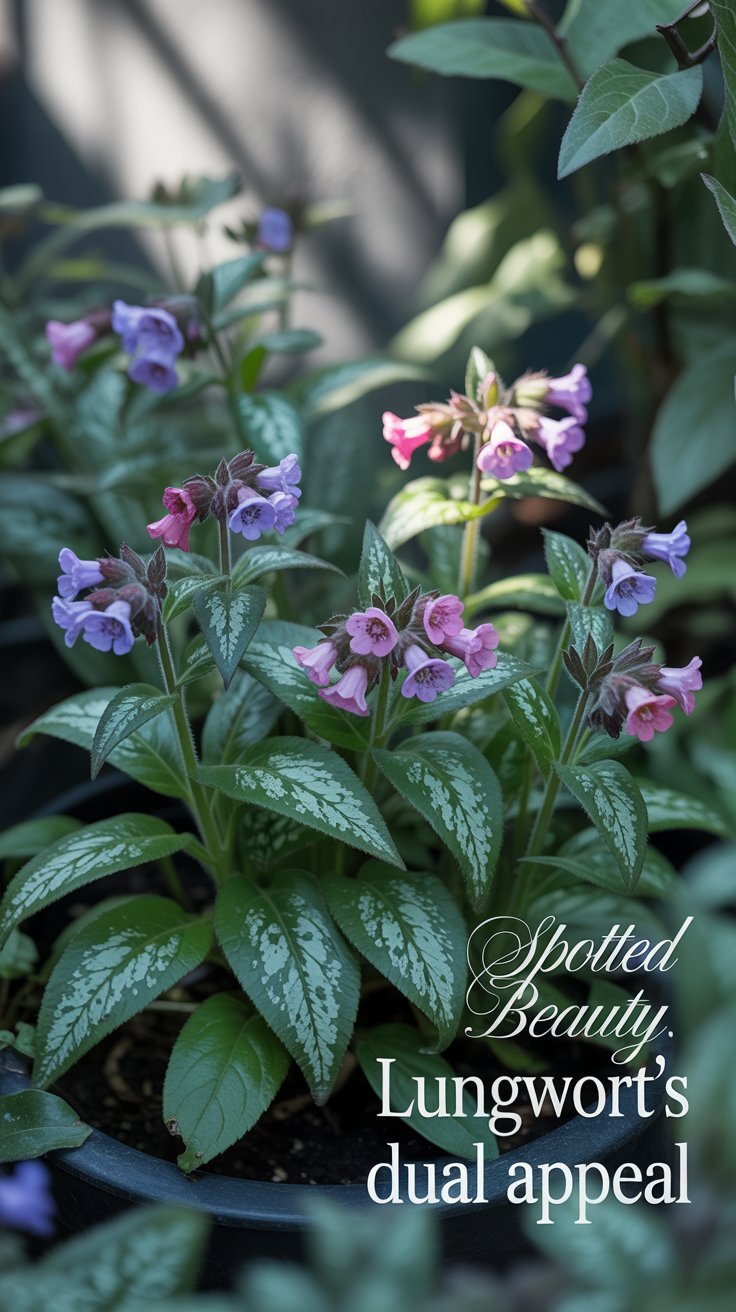
Lungworts are valued for their spotted or variegated leaves and clusters of pink, blue, or purple flowers. They add both foliage and floral interest to shade gardens.
These perennials prefer moist, well-drained soil and partial to full shade. They are relatively low-maintenance and can tolerate a range of soil types.
Lungworts are early bloomers, providing nectar for pollinators in the spring. Their unique foliage continues to add visual interest throughout the growing season.
8. Japanese Forest Grass (Hakonechloa macra)
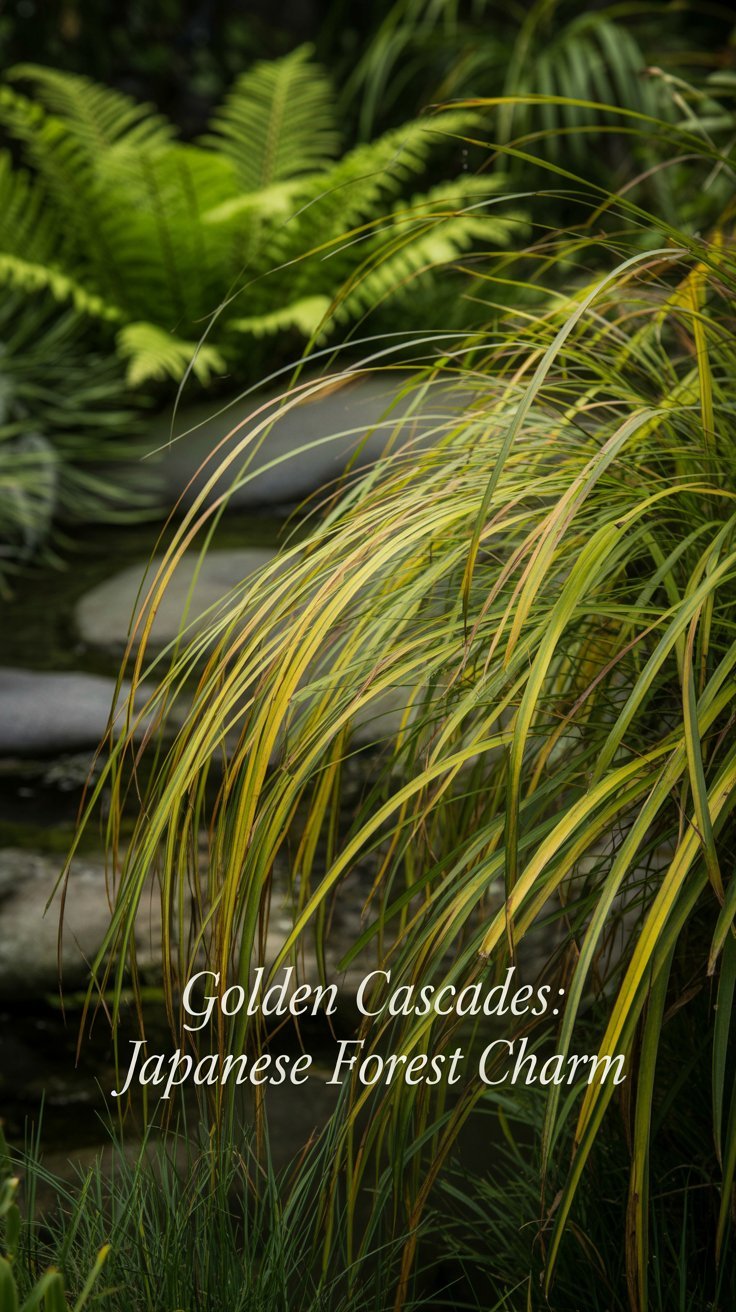
Japanese Forest Grass is an ornamental grass known for its graceful, arching blades that create a cascading effect. Varieties like ‘Aureola’ offer golden-yellow foliage that brightens shaded areas.
It thrives in moist, well-drained soil and prefers partial to full shade. Regular watering helps maintain its lush appearance, especially during dry periods.
This grass adds movement and texture to shade gardens, making it an excellent choice for borders, ground cover, or container plantings.
9. Toad Lily (Tricyrtis spp.)

Toad Lilies are unique perennials that produce orchid-like flowers in late summer to fall. Their blooms often feature intricate spots and patterns, adding exotic flair to shade gardens.
They prefer moist, well-drained soil and thrive in partial to full shade. Consistent moisture is key to their success, especially during dry spells.
Toad Lilies are excellent for adding late-season interest to shaded areas. Their upright growth habit makes them suitable for borders or as accent plants.
10. Impatiens (Impatiens walleriana)
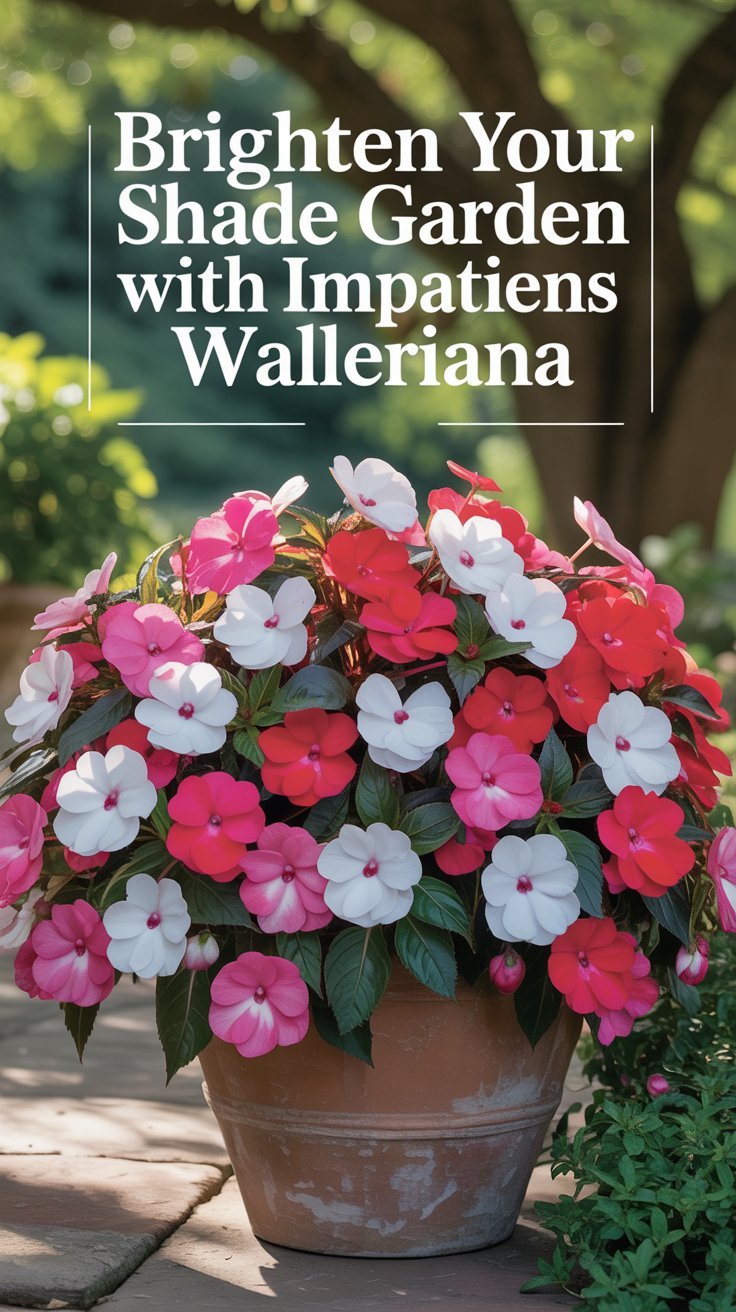
Impatiens are popular annuals known for their vibrant, continuous blooms in shades of pink, red, white, and purple. They are ideal for adding color to shaded areas throughout the growing season.
They thrive in moist, well-drained soil and prefer partial to full shade. Regular watering and fertilization encourage prolific blooming.
Impatiens are versatile, working well in garden beds, borders, or containers. Their bright flowers create a cheerful atmosphere in any shaded space.
Tips for a Thriving Shade Garden
- Soil Preparation: Ensure your soil is rich in organic matter and well-draining to support healthy root development.
- Watering Practices: Shade gardens often retain moisture; however, monitor soil moisture levels to prevent overwatering or drought stress.
- Plant Selection: Choose plants suited to your specific shade conditions—partial, dappled, or full shade—to ensure optimal growth.
- Layering Plants: Incorporate plants of varying heights and textures to create depth and visual interest in your garden design.
- Regular Maintenance: Remove dead or diseased foliage promptly and divide perennials as needed to maintain plant vigor.
Embracing the unique conditions of shaded areas allows for the creation of tranquil and visually appealing gardens. By selecting appropriate plants and employing thoughtful design strategies, you can transform low-light spaces into lush, inviting retreats. Happy gardening!
